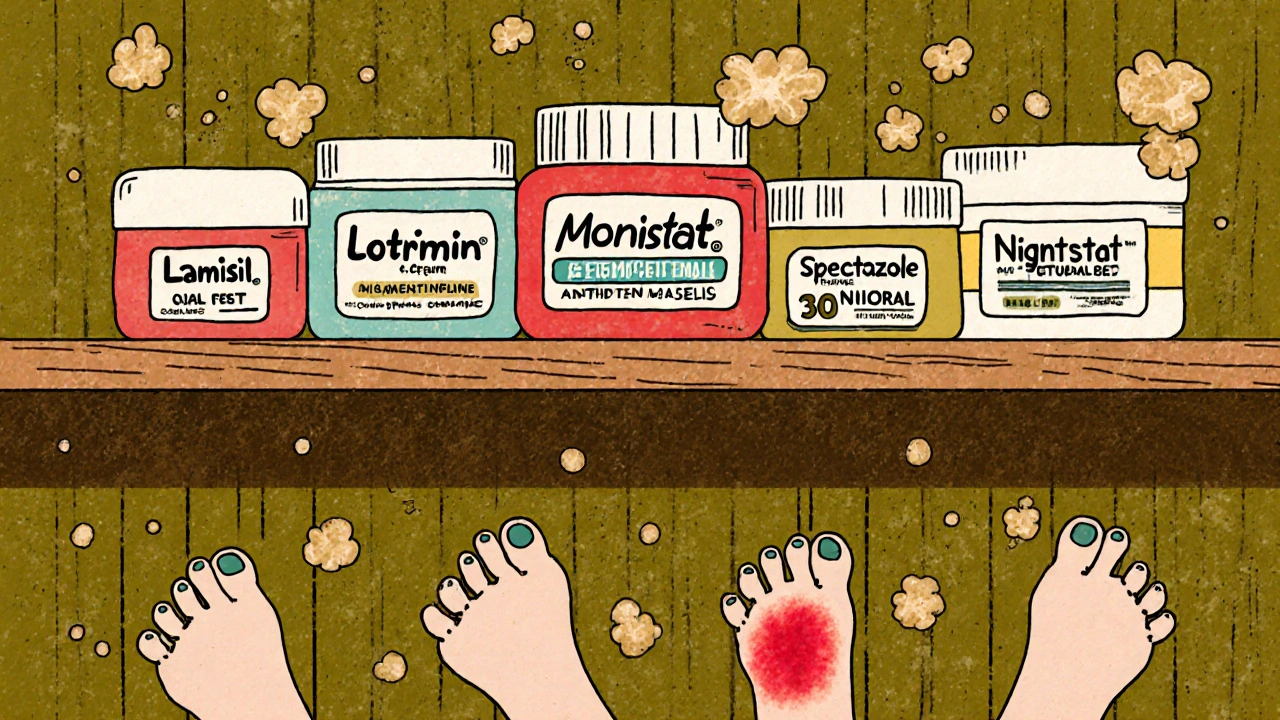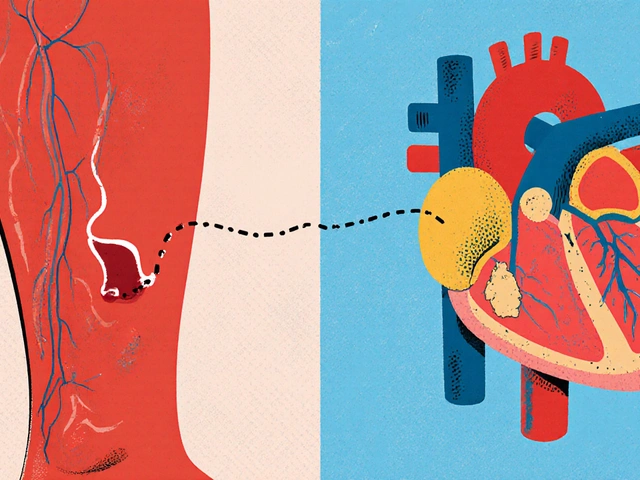Antifungal Cream: What It Is, How It Works, and What Works Best
When your skin itches, flakes, or turns red in a circular pattern, it’s often not a rash—it’s a antifungal cream, a topical medication designed to kill or stop the growth of fungi on the skin. Also known as topical antifungal, it’s one of the most common over-the-counter treatments for fungal infections that affect millions every year. Unlike antibiotics that target bacteria, antifungal creams work on fungi like candida, dermatophytes, and mold-like organisms that thrive in warm, moist areas—between your toes, under your breasts, or in the groin. These infections don’t always look serious, but they won’t go away on their own and can spread if left untreated.
Most antifungal cream, a topical medication designed to kill or stop the growth of fungi on the skin. Also known as topical antifungal, it’s one of the most common over-the-counter treatments for fungal infections that affect millions every year. When your skin itches, flakes, or turns red in a circular pattern, it’s often not a rash—it’s a fungal infection. These infections thrive in warm, moist areas—between your toes, under your breasts, or in the groin. Unlike antibiotics that target bacteria, antifungal creams work on fungi like candida, dermatophytes, and mold-like organisms. These infections don’t always look serious, but they won’t go away on their own and can spread if left untreated.
Not all antifungal creams are the same. Some contain clotrimazole, others miconazole or terbinafine. Each works slightly differently. Clotrimazole disrupts the fungal cell membrane, while terbinafine blocks a key enzyme fungi need to grow. You’ll find these in brands like Lotrimin, Monistat-Derm, and Lamisil. The best one for you depends on what you’re treating: athlete’s foot? Ringworm? A yeast rash? The active ingredient matters more than the brand name. And while some people swear by natural oils like tea tree, only FDA-approved antifungals have proven results in clinical studies.
Antifungal creams are meant for skin—not nails or scalp. For nail fungus, you need oral meds or special nail solutions. For scalp ringworm, it’s a different treatment entirely. Using the wrong product wastes time and lets the infection grow. Also, don’t stop using the cream as soon as the itching stops. Fungi can hide deep in skin layers. Most treatments require 2 to 4 weeks of daily use to fully clear the infection. Skipping days or quitting early is why so many cases come back.
Some people use antifungal cream for rashes they think are fungal, but it could be eczema, psoriasis, or even an allergic reaction. Misusing these creams can make non-fungal rashes worse. If it doesn’t improve in 7 days, or if it spreads, you need to see a doctor. There’s no shame in that—fungal infections can be tricky, and misdiagnosis is common.
You’ll find plenty of posts here that compare specific antifungal creams, explain why some work better than others, and break down what to look for in the ingredients. Some cover how to prevent reinfection—like drying your feet properly, changing socks daily, or avoiding shared towels. Others show how these creams interact with other skin products, or why steroid creams mixed with antifungals can backfire. There’s even a guide on how to tell if your athlete’s foot is really something else. All of it’s based on real cases, not theory. No fluff. Just what works—and what doesn’t.

- Oct 28, 2025
- Posted by Cillian Osterfield
Lamisil Cream vs Alternatives: What Works Best for Fungal Skin Infections?
Lamisil Cream (terbinafine) is a top choice for fungal skin infections, but it's not the only option. Learn how clotrimazole, ketoconazole, econazole, and others compare in effectiveness, speed, and cost - and which one is right for your case.
Categories
- Health and Wellness (57)
- Medications (40)
- Health and Medicine (22)
- Pharmacy Services (10)
- Mental Health (5)
- Health and Career (2)
- Medical Research (2)
- Business and Finance (2)
- Health Information (1)
Latest Posts
©2025 heydoctor.su. All rights reserved





